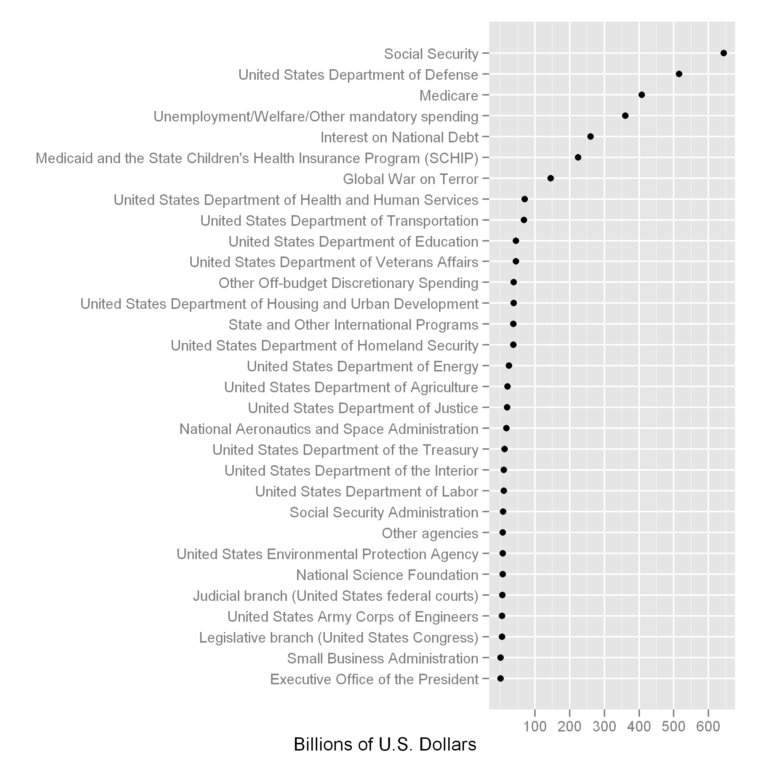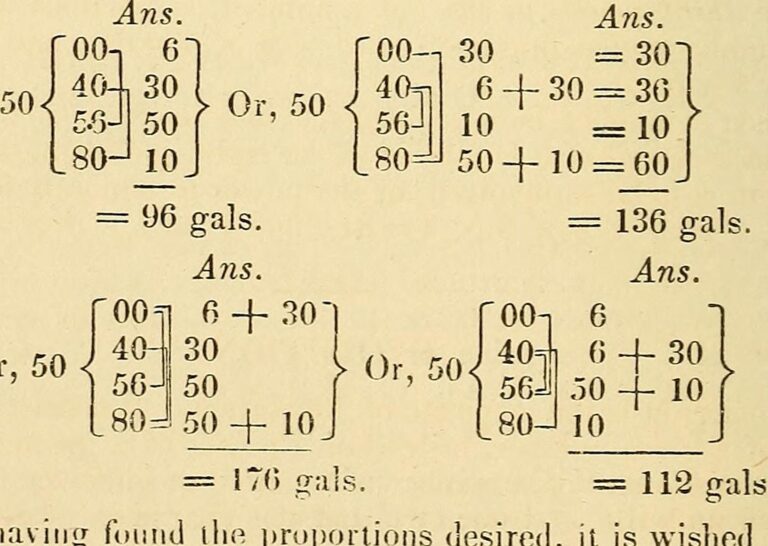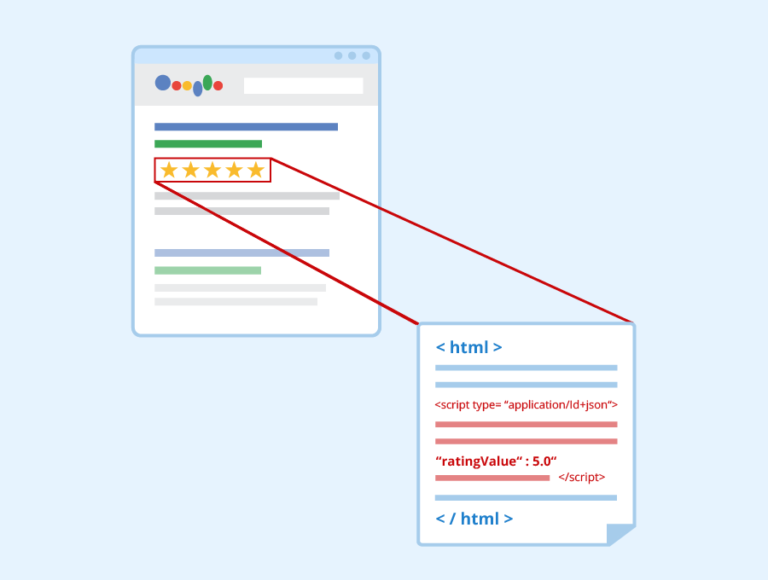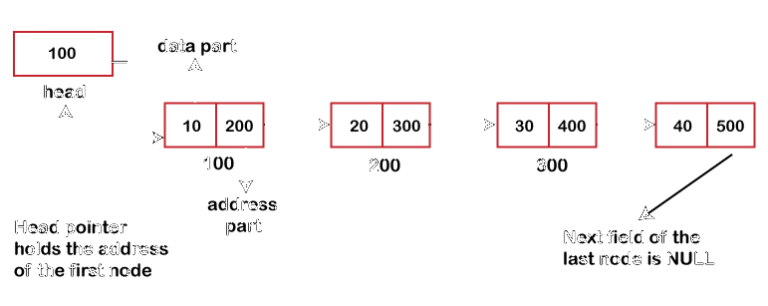Categorical data is a type of data that can be divided into categories or groups. It represents characteristics such as color, size, or brand, and each category can have a limited and fixed number of possible values. Categorical data is usually stored as text, but can also be represented as numerical values if each number represents a unique category. Examples of categorical data include gender, educational level, and marital status.
Numerical Data
Numerical data refers to information that is expressed in numbers or quantifiable values, such as ages, weights, heights, temperatures, counts, or monetary amounts. This type of data can be processed and analyzed using mathematical and statistical techniques, and is used to support decisions and drive insights in various fields, such as finance, marketing, and science. Numerical data can be either continuous, meaning that it can take any value within a range, or discrete, meaning that it is limited to a specific set of values.
Unstructured Data
Unstructured data refers to data that doesn’t have a pre-defined data model or doesn’t fit neatly into a relational database or other structured data format. Examples of unstructured data include text documents, images, audio, and video files. This type of data is often more difficult to manage and analyze because it lacks the structure of structured data, but can still contain valuable information that can be useful for a wide range of purposes.
Structured Data
Structured data refers to data that is organized into a specific format, such as tables, spreadsheets, or databases. This type of data has a defined format and structure, and it is easy to search, sort, and analyze. Structured data is often stored in relational databases or other structured data repositories, and it can be queried and analyzed using SQL (Structured Query Language) or other programming languages.
Blockchain
Blockchain is a decentralized, distributed ledger that records transactions across multiple computers in a secure and transparent way. It uses cryptography to ensure that once a block of data is recorded, it cannot be altered or deleted. This makes it suitable for applications such as digital currencies, supply chain management, and secure data sharing. The most famous blockchain is the one used by Bitcoin.
Deleting a node from a doubly linked list
In both codes, the deleteValue method starts at the head of the linked list and searches for the first node with the specified value. If the value is found, the links of the surrounding nodes are updated to exclude the node with the specified value. If the node with the specified value is not found, an error message is printed.
Data
Data refers to information that is recorded or stored. It can refer to anything from numbers and text to images and videos. Data is used to make informed decisions, support research and analysis, and provide insights into various aspects of the world.
Nominal data
Nominal data refers to data that is categorical in nature, meaning it is used to classify or label items into distinct categories or groups. It is often used in surveys and questionnaires, and can be represented by numbers or labels. Nominal data is not numerical and cannot be used to perform mathematical operations such as addition or averaging.
Linked Lists
a linked list is a linear collection of data elements, called nodes, each pointing to the next node by means of a pointer. It is a data structure consisting of a collection of nodes which together represent a sequence. In its most basic form, each node contains:







